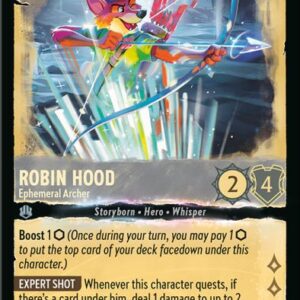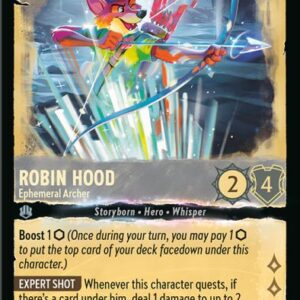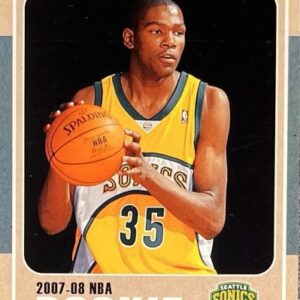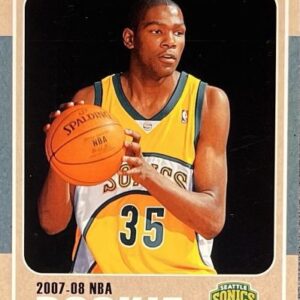In the realm of geek culture, where dice roll and cards shuffle with infinite possibilities, Wizards of the Coast made a bold statement by joining forces with Marvel to roll out a Magic: The Gathering set themed around none other than Spider-Man. The anticipation was palpable, much like the electric tingle of Spidey’s spider-sense. It was a move that seemed to promise an easy alliance, one where fans of both universes could happily tread the sticky avenues of New York City alongside Peter Parker and company. On paper, it was a match made in cosplay heaven—a chance to beckon in both seasoned players and those drawn by the magnetic appeal of Marvel’s most beloved wall-crawler.
However, as the web of reality spun its course, the Marvel x Magic: Spider-Man set metamorphosed into something differently enchanting—an appealing find for high-end collectors while leaving fans craving strategic gameplay scratching their heads.
Understanding its split personality requires tracing its journey. Initially envisioned as a compact collection of around 100 Commander-focused cards, primarily for casual, multiplayer enjoyment and never intended for the drafting glory usually associated with Magic sets, the expansion plan led to a set that mushroomed to 188 cards—a size intending to compete in official Standard play. This sudden growth provided a challenge; the seams of such an ambitious venture become apparent under magnified examination. High hopes surged like Spidey’s first swing, but unlike the acrobatic hero, the set occasionally lost its footing.
What initially appeared to be a promising tapestry of card-based storytelling turned into cycles of similar gameplay experiences. compressing ten standard drafting archetypes into five narrowed players’ options significantly. The rarity and allure of novelty, a typical strength of Spider-Man, began to fade faster than expected, each ensuing clash within the set feeling alarmingly similar as if trapped in an infinite loop reminiscent of our hero’s daily “friendly neighborhood” tasks.
On the digital front, Wizards had to swing through legal webs with the grace of an acrobat, differentiating names and aesthetics to keep digital rights on Arena in check. The constant oscillation between physical and virtual products consequently frayed players’ patience, resembling the fatigue of Parker as he juggles life’s miseries between crime-fighting escapades.
Yet, even within the pitfalls of its ambition, the set isn’t without its heroes. For collectors, the Marvel x Magic universe delivers a grand spectacle rivaling any summer blockbuster. Anchoring the excitement is the illustrious Soul Stone card, a glimmering gem promising indestructibility on the battlefield and massive price tags on the marketplace. Those possessing the Cosmic Foil version of the card clutch not just a piece of cardboard, but a veritable lottery ticket in the palm of their hand. The assortment is further punctuated by cards such as Gwenom, which combines strategy with the audacity of the Marvel lore, or Spectacular Spider-Man, giving a two-for-one slingshot of excitement to skilled deck builders.
Yet, not all elements embody such distinction. The set’s unassuming pitfalls surface via several cards that merge into an indistinguishable mass, like middling background characters devoid of script-defining dialogue. Casting decisions that see Spider-Man’s comrades Miles Morales manifesting green-hued spells conflict with the common interpretation of his character. Such flavorful inconsistencies leave a residue of dissatisfaction among players who might have expected a more canonical fidelity.
For draft enthusiasts, Magic’s domain thrives on the richness of its Limited format, encouraging strategic discovery and playgrounds of varied scenarios. Unfortunately, the Spider-Man set falters here, its reduced number of archetypes and repetition of mechanical themes leaving less room for the engaging differences that seasoned Magic players cherish. A shallow drafting pool may lead to player drift, transforming game stores into unhappy docents with unopened paraphernalia.
The contemporary bar for crossover wonders is set high by giants like the Lord of the Rings and Final Fantasy Magic sets, distinguished by their reflection of source material and standalone gameplay prowess. In this field, Spider-Man shines not with strategic brilliance but rather with aesthetic and collectible allure, appealing to those whose hobby boxes are adorned by aspiration and investment, not solely strategic thrills.
Those who capitalize on the Spider-Man set might find themselves blessed with rare shiny treasures rather than fulfilled gaming marathons. For collectors, the set is a coveted chest full of character-driven charm and worth. Investors who thrill to the chase see golden webs of opportunity spun before them. Meanwhile, players drawn to the authenticity of draft gameplay or affordable deck-building might reconsider channeling their web-slinging escapades elsewhere.
Reflecting upon this blend of artistic allure and gameplay quandaries, my advice lands softly in the realm of singles. Target the specific cards that promise harmony with your decks or appeal to your collector’s heart. Avoid overextending into sealed products unless the gamble of hit-or-miss excites your senses. Let the Soul Stone be your much-coveted chase if simplicity paired with potency is your domain.
This Marvel x Magic collaboration is a vibrant web of innovation caught within the trap of overambition—a poignant reminder that sometimes, even the most promising partnerships must traverse complex threads to achieve harmony. And for fans of strategy and storytelling alike, it’s a clarion call: every legend, like every Spider-Man swing, must balance both the play and the picture to truly take flight.






